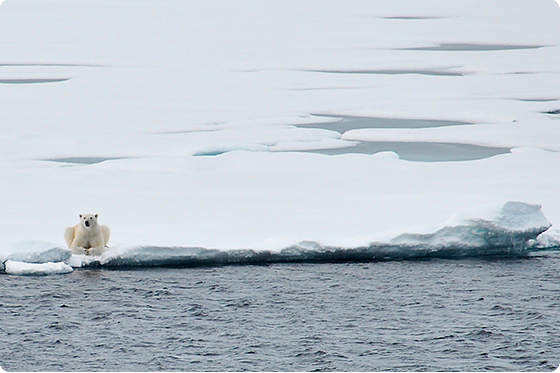
On April 25, a new development in President Trump’s “energy dominance” agenda arose when the Department of the Interior confirmed that the current administration would not yet move forward with its plans to open virtually all federal waters to offshore drilling. This decision came in the wake of an Alaska District Court ruling issued in late March that denied President Trump’s attempt to overturn former President Obama’s Arctic and Atlantic drilling bans. In order to protect Arctic animal life and the Alaska Native villages that depend on those animals, former President Obama halted energy exploration in several coastal areas of the Arctic ocean in 2015, and then withdrew about 98% of the Arctic Outer Continental Shelf from leasing consideration in 2016. In the Atlantic, the Obama-era bans prohibited energy exploration in roughly 6,000 square miles of underwater canyon complexes, citing their importance for marine mammals, deep-water corals, valuable fish populations, and migratory whales.
In the Alaska District Court case, the court found that President Trump had exceeded his presidential authority when he issued the April 2017 executive order that ended the Obama’s administration’s ban on new offshore oil and gas drilling in the Arctic and parts of the north Atlantic oceans. As former President Obama had issued the ban under the authority of the Outer Continental Shelf Lands Act (OCSLA), the plaintiffs in the case argued that, while the OSCLA allows presidents to withdraw from offshore oil leasing and development, it does not give future presidents the authority to reinstate that development. The court agreed and held that Congress would have to write legislation to allow a president to take such action. The court’s ruling immediately reinstated the Obama-era drilling bans—forcing the Department of the Interior to reevaluate whether it should auction the affected areas to oil companies for eventual offshore drilling.
As a result of the Alaska ruling, the Department of the Interior decided that auctioning of offshore land would be premature. This decision indefinitely disrupts the Department’s five-year leasing plan for offshore drilling which, although the final details are uncertain, would have made 90% of the U.S. Outer Continual Shelf available for energy exploration, covering 98% of recoverable oil and gas resources. U.S. offshore areas are estimated to hold approximately 90 billion barrels of oil and 127 trillion cubic feet of natural gas, according to official estimates. As the Department plans to appeal the decision, Secretary of the Interior David Bernhardt stated that it wouldn’t be “a very satisfactory and responsible use of resources” to offer potential leaseholders offshore blocks that may get tied up in legal proceedings. The Secretary also stated that, “[b]y the time the court rules, [it] may be discombobulating to our plan.” The Department will likely have to wait until the appeals process plays out or else risk finalizing a multi-year plan for offshore drilling that could later be legally invalidated. While, as the court stated in the Alaska case, Congress could pass legislation allowing the current administration to proceed, it is unlikely that it would do so considering the Democratic control of the House of Representatives.
Reactions to the Department’s decision to delay its energy expansion plan have been varied. While proponents of President Trump’s energy agenda are predictably perturbed, environmentalists are generally pleased with the Department’s choice. However, some environmental critics of the agenda have stated that a mere delay in implementation is not enough, with the National Wildlife Federation stating that the administration “needs to go one step further and fully and permanently scrap its plan to open our coasts to unfettered offshore drilling.” As an appeal from the Alaska case is not projected to reach the Supreme Court for several years, if at all, parties on all sides of the argument will have a chance to voice their differing opinions. However, implementation of the Department of the Interior’s plans for energy expansion on the Outer Continental Shelf will have to wait.












